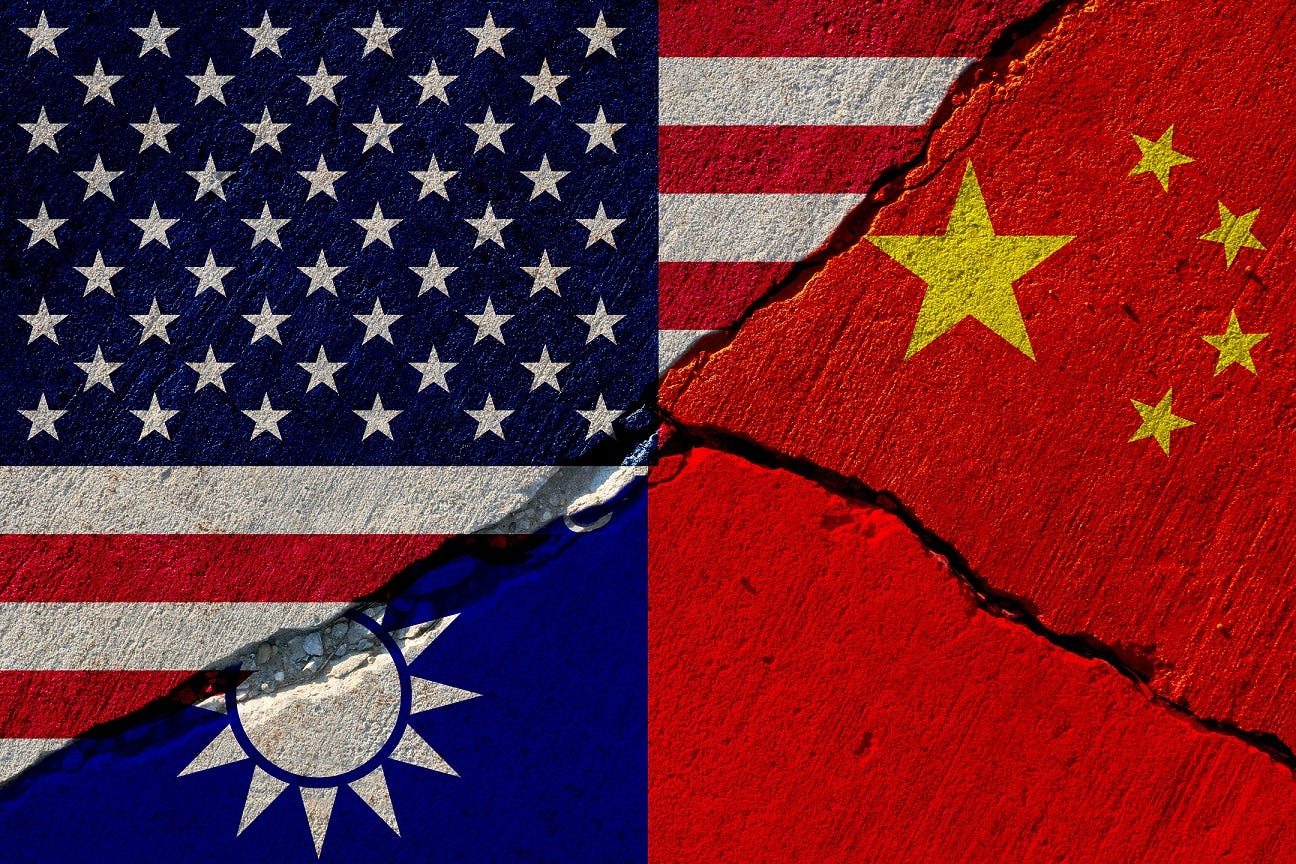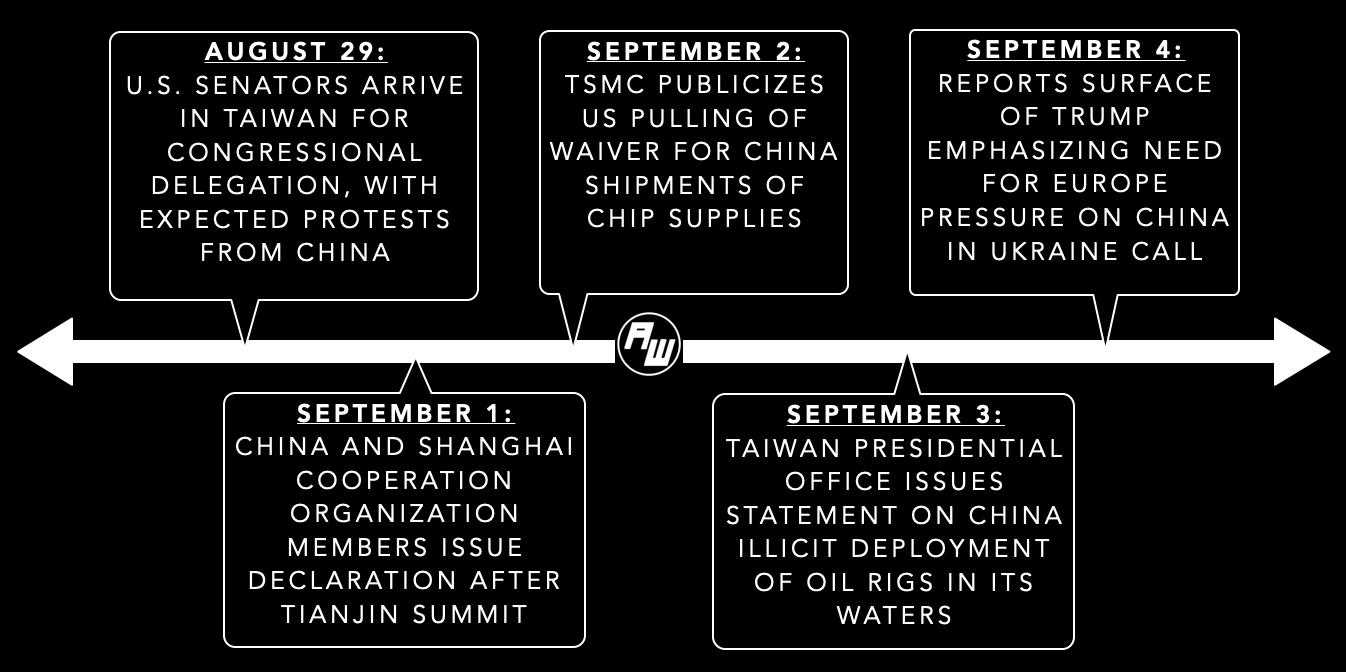Review: Taiwan Tinderbox and New Cold War Conflict Futures
Former intelligence officer details future scenarios, ground realities and potentially catastrophic Indo-Pacific and global fallout of full-scale conflict.
A new book by a former intelligence officer details future Taiwan scenarios, ground realities and potentially catastrophic Indo-Pacific and global fallout of full-scale conflict.
WonkCount: 1,467 words (~6 minutes)
Review: Taiwan Tinderbox and New Cold War Conflict Futures
Context
“Our continued cooperation is critical amid what I regard as the most perilous threat environment we face since World War II,” Chairman of the Senate Armed Services Committee Roger Wicker said last week while on a scheduled congressional delegation visit to Taiwan1. The visit — which prompted unsurprising Chinese criticism amid Beijing’s own headline-grabbing hosting of Shanghai Cooperation Organization summitry in Tianjin where it showcased the addition of a new “Global Governance Initiative” to its existing set of triple global initiatives — was just the latest development that highlighted some of the ongoing anxiety around future Taiwan scenarios and the regional and global stakes therein2.
Key Recent Geopolitical and Geoeconomic Developments on China, Taiwan and US Policy
A new book The Taiwan Tinderbox by former intelligence officer J. Michael Cole examines potential future pathways to managing one of the most consequential global flashpoints3. The book widens the aperture on Taiwan well beyond a U.S. response in a military scenario — addressing multidimensional issues ranging from raging cognitive warfare to quiet partner coordination across realms. In doing so, it adds to recent works which focus more specifically on future scenarios around Taiwan and how to manage them, with another case in point being The Boiling Moat which we previously reviewed here on ASEAN Wonk. "[I]nadequate crisis management, insufficient deterrence and miscommunication could spark the tinderbox and have a highly destabilizing impact on the region and the world, at a tremendous cost — including to the Chinese people,” the book cautions before delving into more specifics on how to manage and potentially avoid such a scenario4.
Analysis
The book also forecasts future policy pathways to watch in the coming years and their wider regional and global implications (see originally-generated ASEAN Wonk table below for a summary of these critical areas, along with major policy cooperation areas and key domains. Paying subscribers can also read the rest of the “Analysis” section and “Implications” section looking at how these dynamics play out in the future).





